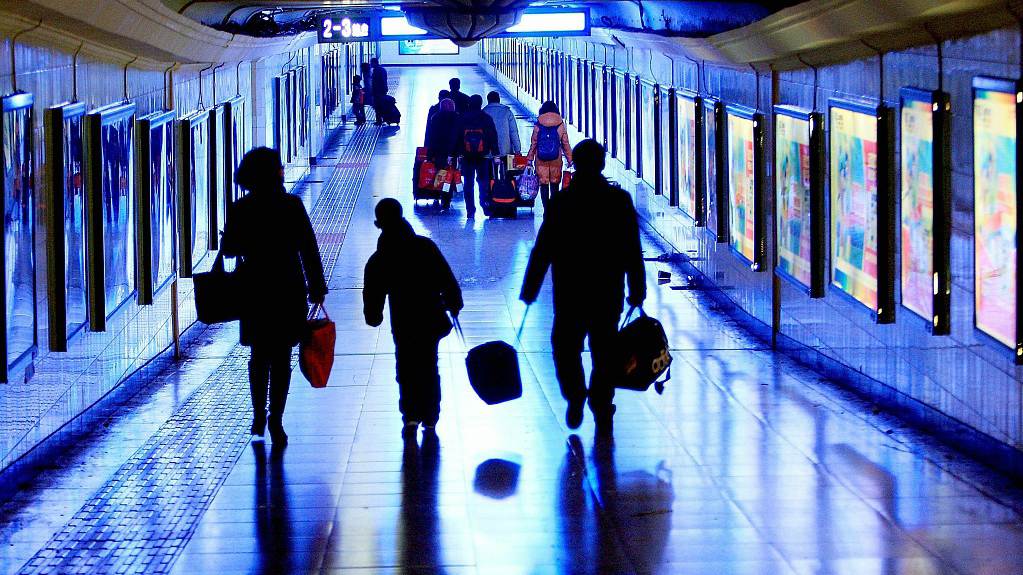
Domestic
17:42, 13-Mar-2019
China 2018: Record low birth rate, negative growth expected in 2028
Wang Yushen
01:38

It's been three years since China abolished its one-child policy to encourage new births in a fast-aging society, but are people now having more children?
In January, figures released by the Chinese Academy of Social Sciences showed the number of second-child births rose significantly in 2018, making up over half of the total newborns in 2016 and 2017.
China's birth rate levels were 10.94‰ last year, a decrease from the 12.43‰ recorded a year earlier, and the lowest ever in the history of China.
Meanwhile, the country's population growth rate in 2018 stood at 3.81‰, down from 5.32‰ in 2017, hitting a record low when ruling out years with major natural disasters.
Historically low birth rates aside, China's aging population is another worrying issue.
China's aging population has surpassed 166 million, making up nearly 12 percent of the total population. The surge in the numbers of seniors in China began in 2011, and the report forecast he country's population could will shrink around 2028.
Director of the National Bureau of Statistics Ning Jizhe is however showing optimism, saying China's 900-million-strong labor pool would bolster the decline. And with over 700 million people currently employed, there is still room to increase labor participation.
Meanwhile, he mentioned a change in emphasis on a demographic dividend to a talent dividend, saying the eight million students that graduate from college each year will contribute more to the economy, especially for upgrading the manufacturing sector to produce more higher-end goods.

SITEMAP
Copyright © 2018 CGTN. Beijing ICP prepared NO.16065310-3
Copyright © 2018 CGTN. Beijing ICP prepared NO.16065310-3